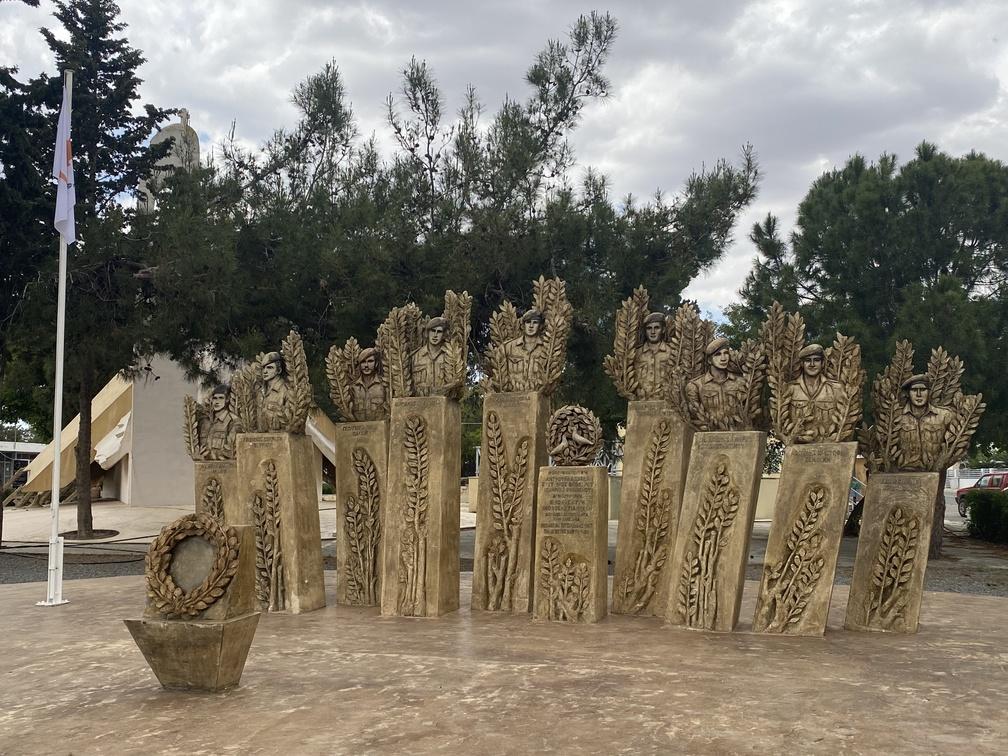The village of Dasaki Achnas cannot be found in popular travel guides. It’s also not frequently mentioned on the Internet.
Today, around two thousand people live here. The sea and beaches are far away—about 10 km to the coast—so you won’t encounter here crowds of tourists. And yet, in this remote village right on the Green Line stands one of the most unusual chapels in Cyprus, resembling none other than the works of Antoni Gaudí.
Who is the creator of the chapel?
The official name of the chapel isTent Memorial to Refugee-hood. It is first and foremost a monument to the dramatic events of 1974, and only secondarily a religious building (for this reason, I will write the word ‘chapel’ in inverted commas). The author of the monument is sculptor Pambos Michlis (b. 1947), a native of Achna. He denies being inspired by Gaudí, whom he considers too eccentric. Instead, he cites as his source of inspiration the chapel of St. Blaise (Agios Vlasios) in the area of Armiros near his home village. (The information and quotations that follow are based on personal communication with the monument’s architect.)
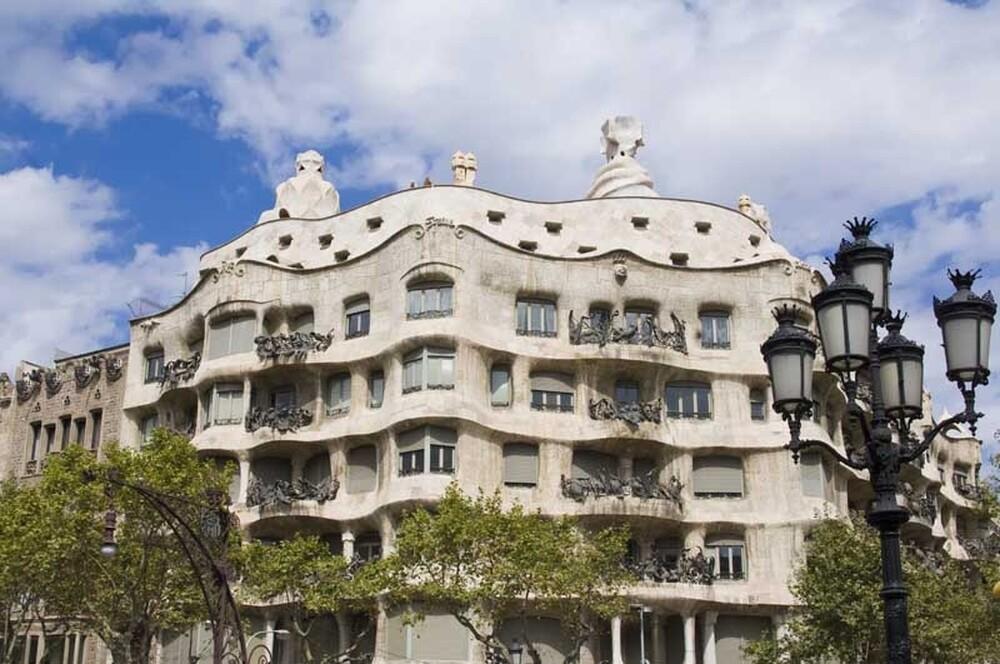
Casa Milà in Barcelona, by Antoni Gaudí
Nevertheless, even at the model stage, the building’s appearance drew criticism from government officials assigned to oversee the project. They believed that the monument should have a more traditional look. Fortunately, Michlis managed to defend his vision.
“A tent is a temporary shelter — just like everything in this world,” the architect explains his decision.
The 'chapel' belongs to the realm of national memory and the civil religion that has formed around the events of the Turkish invasion and its aftermath.
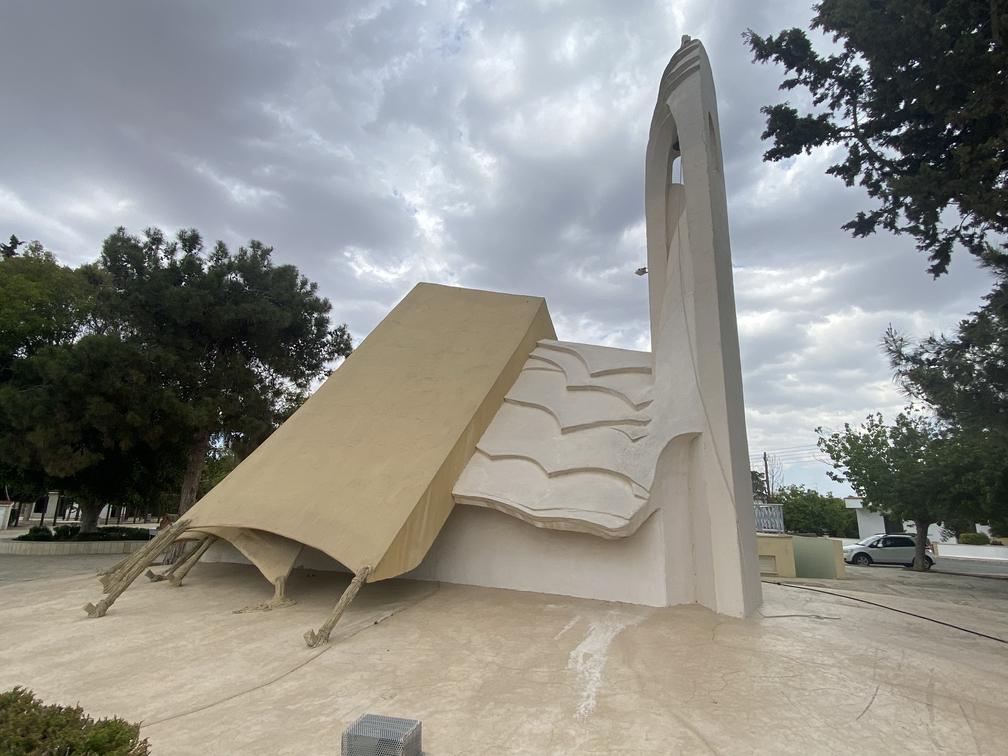
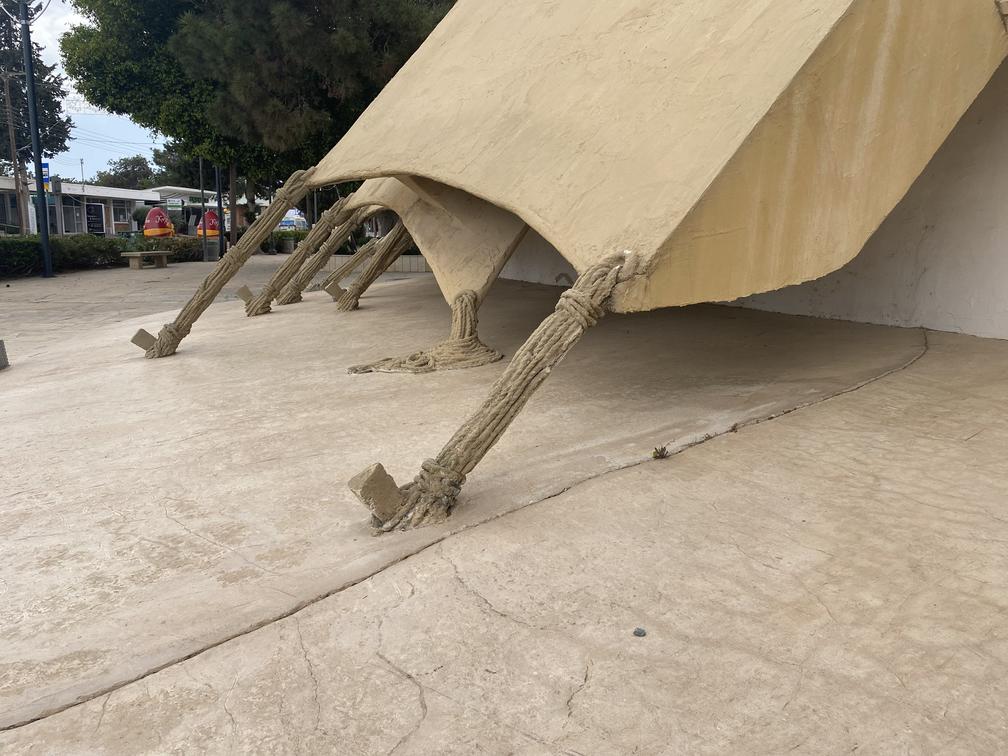
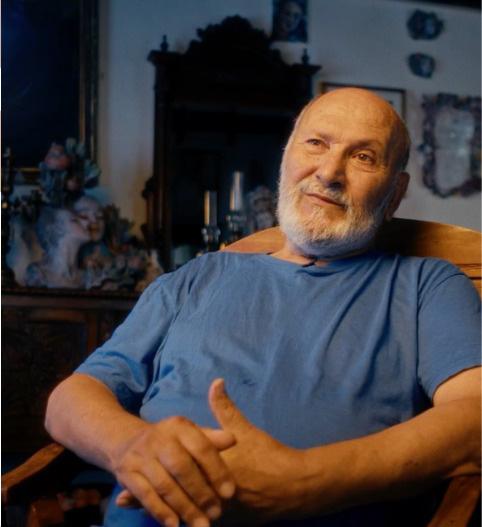
The origin story of Dasaki Achnas
The current village of Dasaki Achnas was established in 1974. Its name literally means ‘the small forest of Achna.’ Just over 50 years ago, eucalyptus and cypress trees grew and orange groves blossomed where the village now stands. In August 1974, the residents of Achna (which today lies in the occupied territories) sought refuge from the Turkish invasion in this small forest southwest of their village — on land adjacent to the British military base of Dhekelia. They hoped the Turkish forces would not dare attack the British, and this hope proved justified. Here, the people of Achna found shelter, later joined by refugees from neighboring villages and from Karpasia — amounting in total to some 60,000 to 80,000 people.
Over the years, the refugee tent camp gradually grew, with buildings and infrastructure added, transforming it into a small settlement with a post office, a school, a clinic, and a stadium. During the 2022 administrative reform, the village was incorporated into the municipality of Ayia Napa.
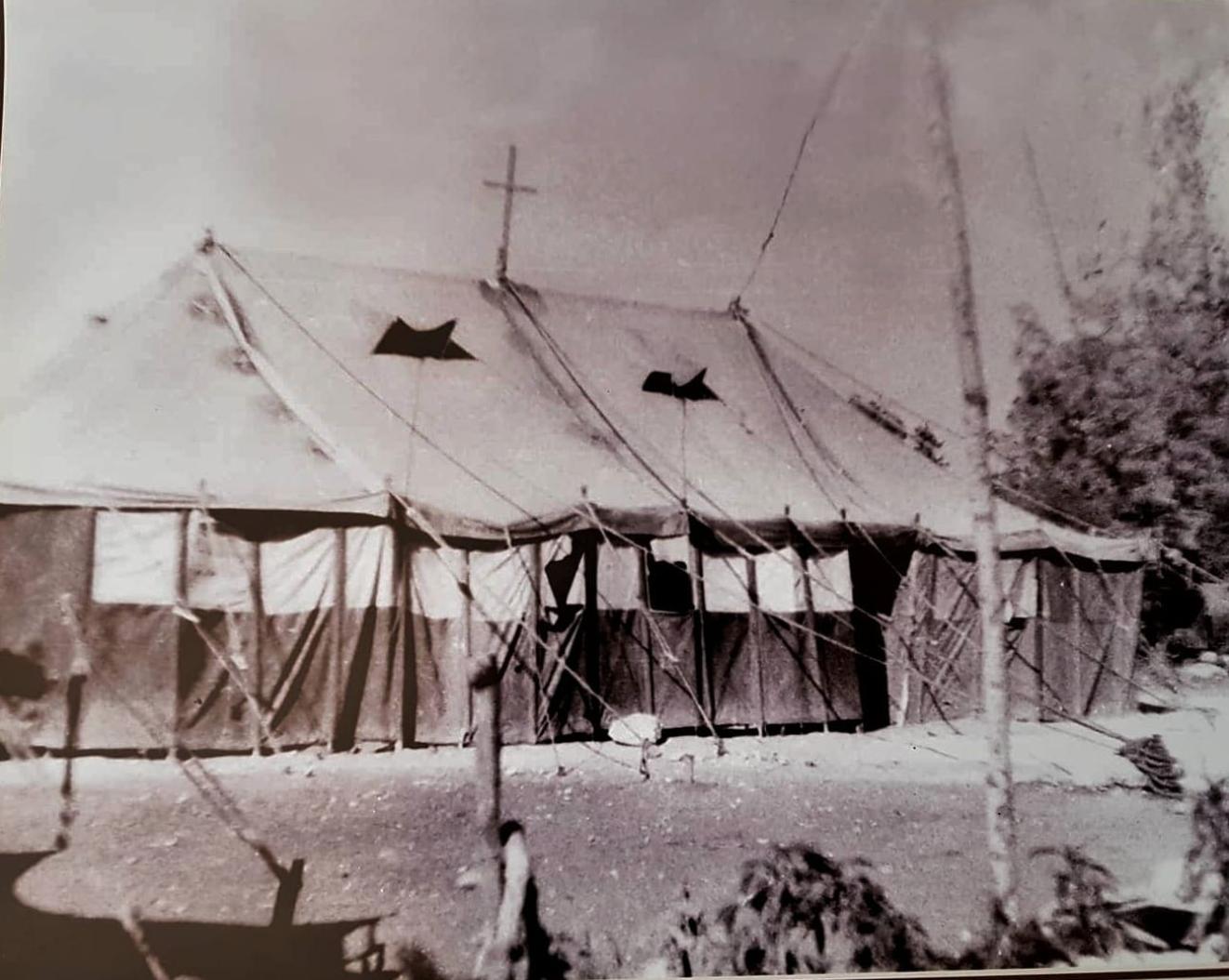
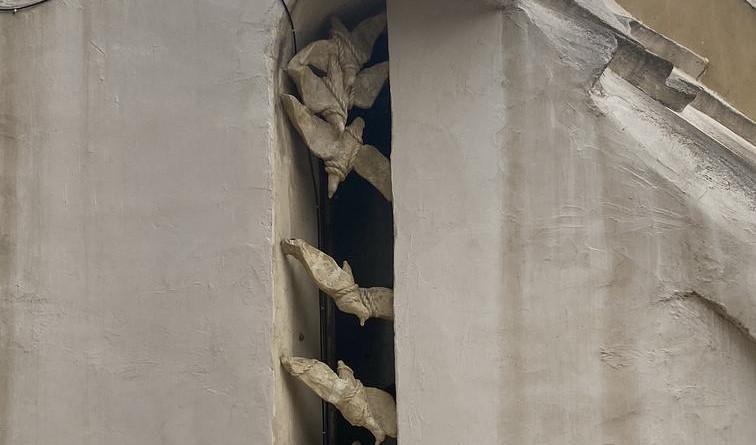
Symbolic meaning of the monument
TheTent Memorial to Refugee-hood, also known as the ‘Chapel of St. Demetrian’, was built in 2006 and refers to the stories of the refugees who founded this settlement. Its main message is to remind people of the tents in which those fleeing from their homes under the pressure of the occupiers lived. It was in such tents in 1974 that refugees pouring out of the occupied areas of Cyprus lived. At the site of the current ‘chapel,’ a priest used to conduct services in a tent church.
The details of the exterior and interior enhance the overall impression and create a space of memory and mourning for the events of 1974. Particularly noteworthy are the elements designed as ropes anchoring the tent to the ground — the craftsmanship is stunning. In the elongated eastern window, the architect placed a flock of doves, the birds of peace. But these doves, tied with ropes, do not take flight; instead, they fall, as if shot down.
Visitors are greeted by several sculptural compositions:
- A group of half-figures lurking in the shadow of the entrance, symbolising the division of Cyprus;
- An old woman lying near the entrance, either dying or already dead;
- A weary mother sitting in the cool interior of the chapel, holding a sleeping infant.
The woman holds a flower in her hand as a symbol of hope, and the contours of the seat resemble the shape of the island of Cyprus. The entire memorial presents a unified and complete appearance.
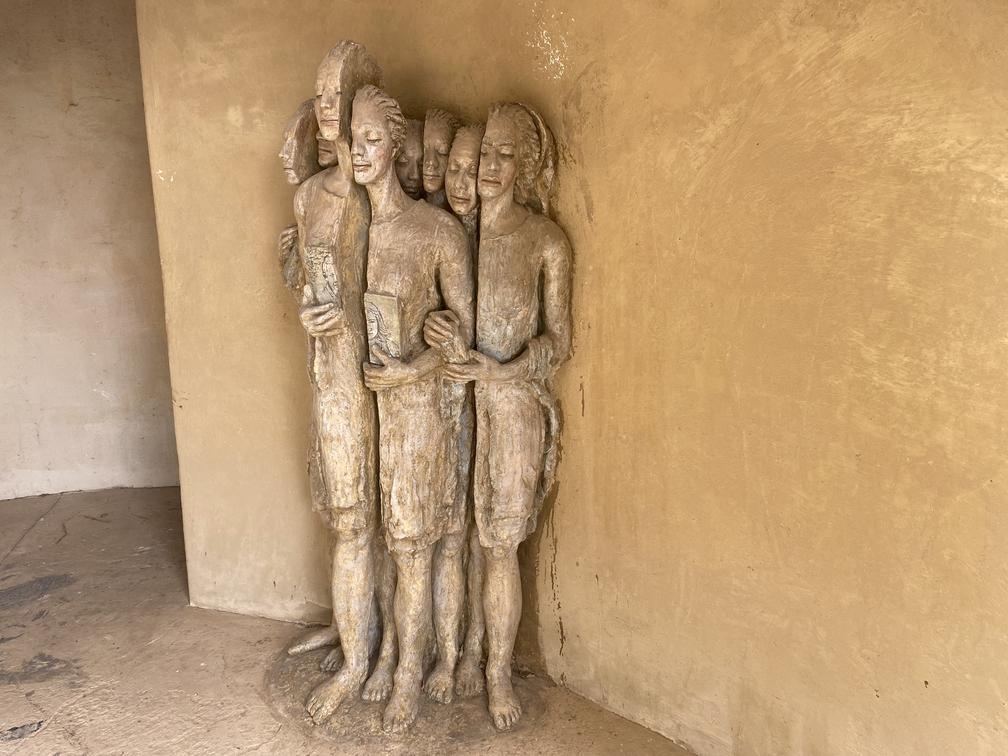
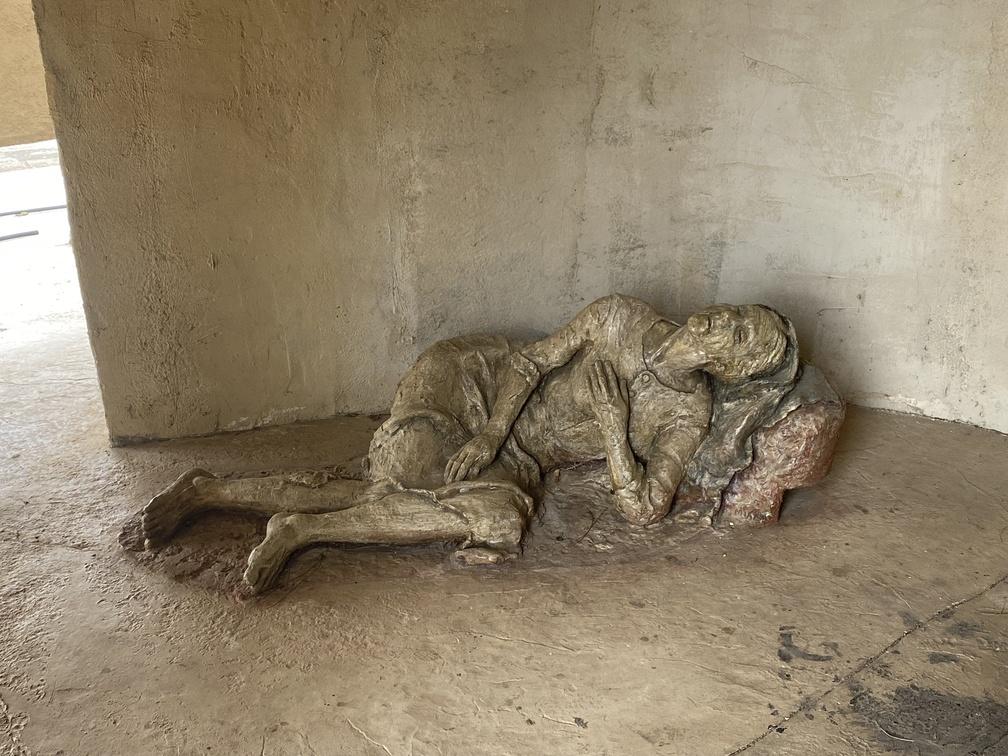
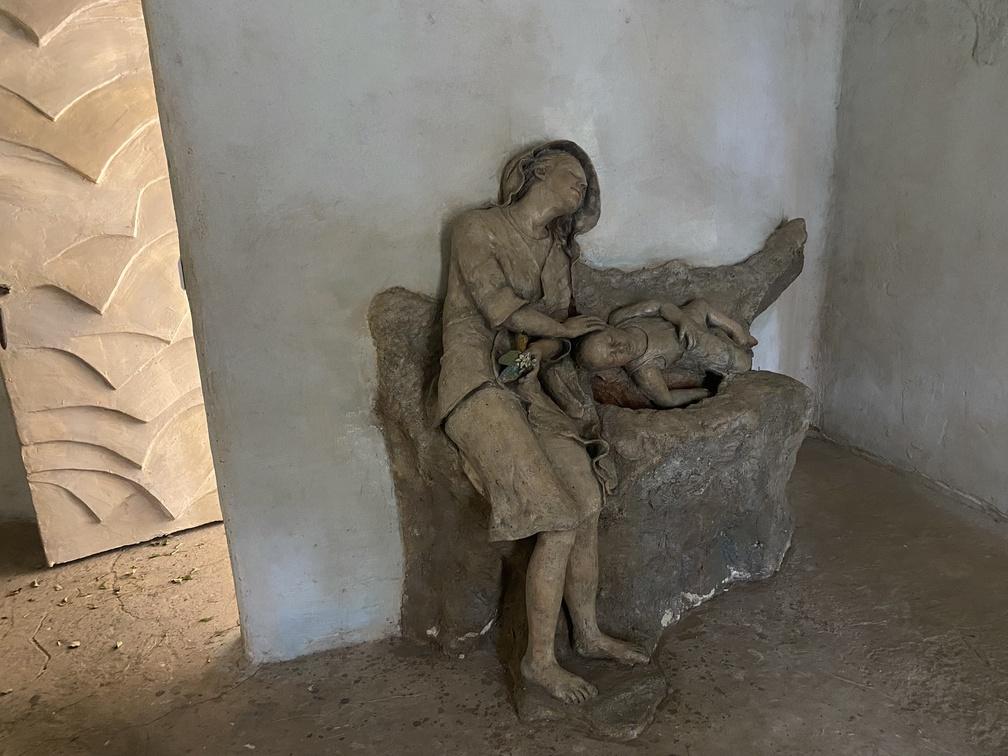
“I have expressed my deepest pain on the faces of these people,” the architect shares.
Who is St Demetrian?
This is a secular monument meant to remind people of the tragic events in Cyprus’ history. However, it is clear that its appearance echoes the shape of a chapel or a small church, hence the associations with religious architecture. In its Christian aspect, the Tent Memorial to Refuge-hood is called the ‘Chapel of St. Demetrian’. Who is he, and why was he chosen as a patron saint? St. Demetrian of Chytri is a Cypriot saint venerated as the protector of refugees. According to his life story, Demetrian, bishop of the city of Chytri (modern-day Kythrea/Değirmenlik in the unrecognised TRNC), was taken captive by Arabs during one of their raids on the island in the 9th century, along with his flock. Thus, his life story also reflects the monument’s central theme — the idea of displacement.
Main meaning of the composition
Built in the same style is the Monument to the Fallen and Missing Persons, unveiled here in 2023 by President Nikos Christodoulides. In the speech delivered by the President of the Republic on 12 September, 2023, the village of Dasaki Achnas is given a profoundly special meaning. This is the place where the Republic of Cyprus underwent a ‘re-assemblage’ after the Turkish invasion.
‘Here, in Dasaki Achnas, tens of thousands of refugees forcibly uprooted by the Turkish Attila found their first refuge; here, they were offered hospitality for the first time. Here, in Dasaki Achnas, the historic promise was made never to forget our occupied lands and to continue the struggle until the blessed moment of their return. Here, in Dasaki Achnas, just days after the barbaric invasion of Turkish forces, our nation proved that they would never kneel before anyone or anything. For it was here that we reached out to one another and, through pain and lamentation, demonstrated love for our homeland and solidarity with our neighbor, compatriot, and refugee,’ Christodoulides declared.
This passage is interesting in its own right because it expresses the core qualities that characterise Cypriot identity: hospitality, national pride, love for homeland, and solidarity with compatriots. These qualities come fully to life at a critical moment when the country is essentially on the brink of collapse. Thanks to them, the nation does not fall apart into pieces but instead reassembles itself under new circumstances, forging its own identity. This identity is formed around the events of 1974: the invasion, the loss of the northern districts, and the waves of refugees flooding into the free areas. In this worldview, the Turkish invasion is seen as a barbaric attack by the hordes of Attila (the name Turkey gave to its military operation in Cyprus). At the same time, a united Cyprus is both a ‘paradise lost’ and a ‘promised land’. One that must be reached, but is difficult to finally arrive at.
